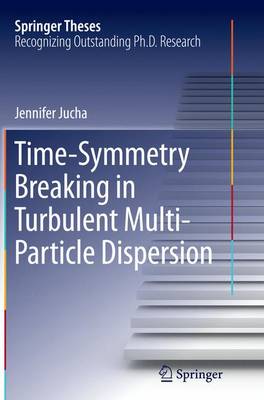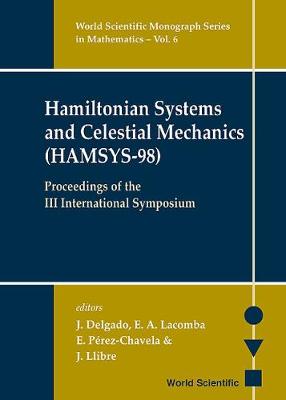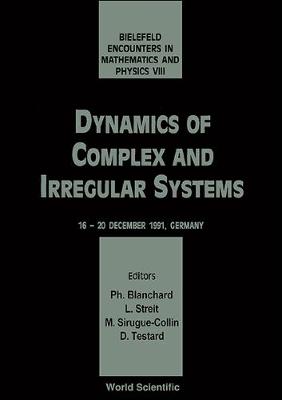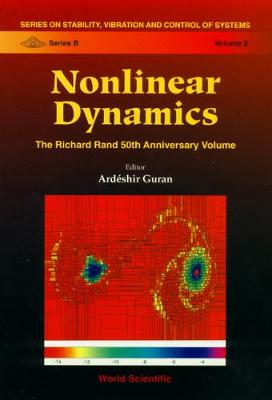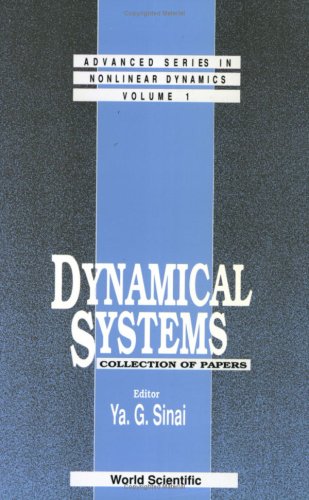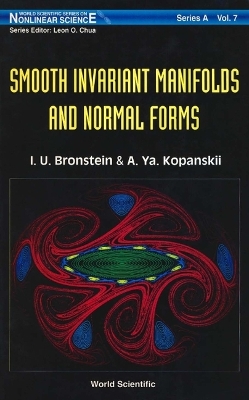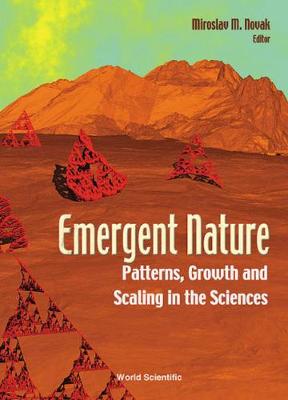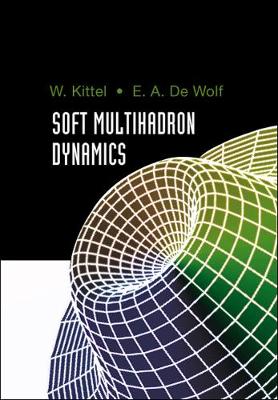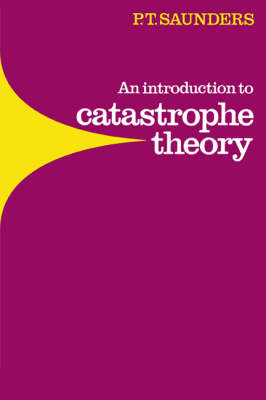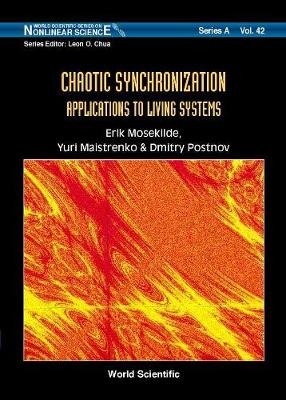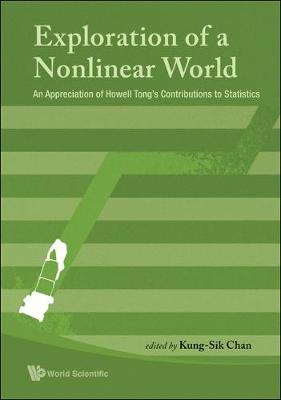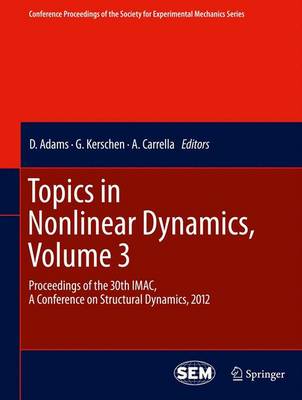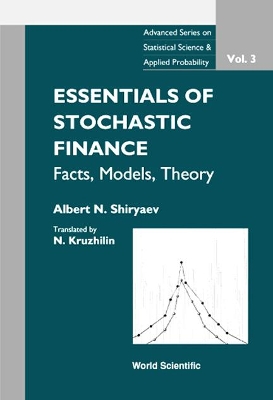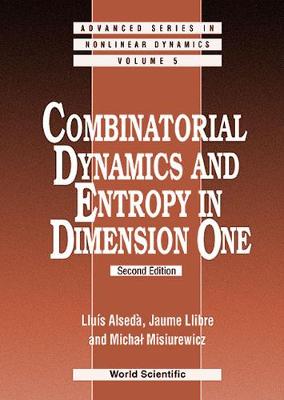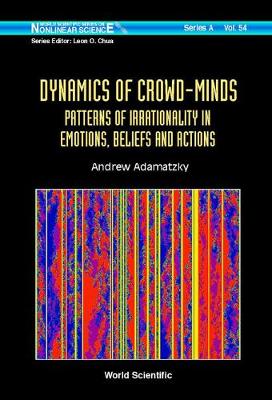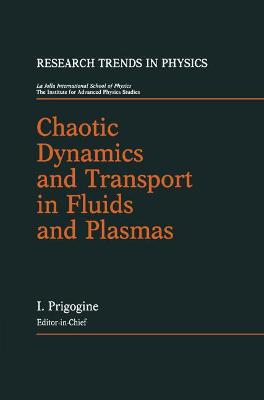Time-Symmetry Breaking in Turbulent Multi-Particle Dispersion (Springer Theses)
by Jennifer Jucha
This thesis presents experimental and theoretical investigations of the connection between the time asymmetry in the short-time evolution of particle clusters and the intrinsic irreversibility of turbulent flows due to the energy cascade. The term turbulence describes a special state of a continuous medium in which many interacting degrees of freedom are excited. One of the interesting phenomena observed in turbulent flows is their time irreversibility. When milk is stirred into coffee, for ex...
This volume is an outgrowth of the Third International Symposium on Hamiltonian Systems and Celestial Mechanics. The main topics are Arnold diffusion, central configurations, singularities in few-body problems, billiards, area-preserving maps, and geometrical mechanics. All papers in the volume went through the refereeing process typical of a mathematical research journal.
Dynamics Of Complex And Irregular Systems - Bielefeld Encounters In Mathematics And Physics Viii
The papers presented in this volume cover a number of different aspects of stochastic analysis, probability theory, quantum field theory, functional integration, ergodic theory, quantum theory, statistical modelling, random graph theory and percolation theory. The lectures also point out strong interactions between various fields: the fertility of the relations between probability theory and quantum theory and the intriguing and economical way of deriving the classical standard model by using no...
This book is a collection of papers on the subject of nonlinear dynamics and its applications written by experts in this field. It offers the reader a sampling of exciting research areas in this fast-growing field. The topics covered include chaos, tools to analyze motions, fractal boundaries, dynamics of the Fitzhugh-Nagumo equation, structural control, separation of contaminations from signal of interest, parametric excitation, stochastic bifurcation, mode localization in repetitive structures...
Dynamical Systems: A Collection Of Papers (Advanced Series in Nonlinear Dynamics, #1)
by Yakov Sinai
This volume consists of very high quality articles which not only give a very good account of this field in the Soviet Union, but also provide stimulating materials for researchers working on this topic.
Smooth Invariant Manifolds And Normal Forms (World Scientific Series on Nonlinear Science Series A, #7)
by Alexander Kopanskii and Idel U Bronstein
This book deals with the qualitative theory of dynamical systems and is devoted to the study of flows and cascades in the vicinity of a smooth invariant manifold. Its main purpose is to present, as completely as possible, the basic results concerning the existence of stable and unstable local manifolds and the recent advancements in the theory of finitely smooth normal forms of vector fields and diffeomorphisms in the vicinity of a rest point and a periodic trajectory. A summary of the results o...
Emergent Nature: Patterns, Growth And Scaling In The Sciences
This book, based on presentations made at the international conference Fractals 2002, is of interest to everyone in the general field of nonlinear dynamics. The abundance of papers from numerous disciplines makes it exciting reading and provides a unifying thread through the topics, such as ray tracing, structure of peptides, modeling fractal surfaces, cancer growth, macaque monkey cortical neurons, occurrence of earthquakes, and patterns of the World Wide Web.
This book gives a comprehensive account of the development and present status of the field of soft (i.e. non-perturbative) phenomena encountered in the production of (multi-) hadronic final states by the collision of various types of particles at high energies. Phenomenological models used to describe the data are in general inspired by Quantum Chromo Dynamics (QCD) and the book repeatedly crosses the border — if at all existent — between soft (non-perturbative) and hard (perturbative) QCD.
Almost every scientist has heard of catastrophe theory and knows that there has been a considerable amount of controversy surrounding it. Yet comparatively few know anything more about it than they may have read in an article written for the general public. The aim of this book is to make it possible for anyone with a comparatively modest background in mathematics - no more than is usually included in a first year university course for students not specialising in the subject - to understand the...
Interacting chaotic oscillators are of interest in many areas of physics, biology, and engineering. In the biological sciences, for instance, one of the challenging problems is to understand how a group of cells or functional units, each displaying complicated nonlinear dynamic phenomena, can interact with one another to produce a coherent response on a higher organizational level.This book is a guide to the fascinating new concept of chaotic synchronization. The topics covered range from transv...
Psychophysics is by definition mappings between events in the environment and levels of human sensory responses. In this text the methods of nonlinear dynamics, employing trajectories developed for simpler sensory modelling, are extended to classes of problems which lie at the interface between sensation and perception. A diversity of topics for which extensive empirical evidence exists are reformulated by writing their dynamics in terms of complex trajectories put into coupled lattices and into...
Exploration Of A Nonlinear World: An Appreciation Of Howell Tong's Contributions To Statistics
This festschrift is dedicated to Professor Howell Tong on the occasion of his 65th birthday. With a Foreword written by Professor Peter Whittle, FRS, it celebrates Tong's path-breaking and tireless contributions to nonlinear time series analysis, chaos and statistics, by reprinting 10 selected papers by him and his collaborators, which are interleaved with 17 original reviews, written by 19 international experts.Through these papers and reviews, readers will have an opportunity to share many of...
Topics in Nonlinear Dynamics, Volume 3 (Conference Proceedings of the Society for Experimental Mechanics)
Topics in Nonlinear Dynamics, Volume 3, Proceedings of the 30th IMAC, A Conference and Exposition on Structural Dynamics, 2012, the third volume of six from the Conference, brings together 26 contributions to this important area of research and engineering. The collection presents early findings and case studies on fundamental and applied aspects of Structural Dynamics, including papers on: Application of Nonlinearities: Aerospace Structures Nonlinear Dynamics Effects Under Shock Loading A...
Photoinduced Phase Transitions
A new class of insulating solids was recently discovered. When irradiated by a few visible photons, these solids give rise to a macroscopic excited domain that has new structural and electronic orders quite different from the starting ground state. This occurrence is called “photoinduced phase transition”, and this multi-authored book reviews recent theoretical and experimental studies of this new phenomenon.Why and how do photoexcited few electrons finally result in an excited domain with a mac...
This important book provides information necessary for those dealing with stochastic calculus and pricing in the models of financial markets operating under uncertainty; introduces the reader to the main concepts, notions and results of stochastic financial mathematics; and develops applications of these results to various kinds of calculations required in financial engineering. It also answers the requests of teachers of financial mathematics and engineering by making a bias towards probabilist...
A Course in Mathematical Statistics, Second Edition, contains enough material for a year-long course in probability and statistics for advanced undergraduate or first-year graduate students, or it can be used independently for a one-semester (or even one-quarter) course in probability alone. It bridges the gap between high and intermediate level texts so students without a sophisticated mathematical background can assimilate a fairly broad spectrum of the theorems and results from mathematical s...
Encounter with Chaos
by Joachim Peinke, Jurgen Parisi, O. E. Roessler, and Ruedi Stoop
Our life is a highly nonlinear process. It starts with birth and ends with death; in between there are a lot of ups and downs. Quite often, we believe that stable and steady situations, probably easy to capture by linearization, are paradisiacal, but already after a short period of everyday routine we usually become bored and seek change, that is, nonlinearities. If we reflect for a while, we notice that our life and our perceptions are mainly determined by nonlinear phenomena, for example, even...
Combinatorial Dynamics And Entropy In Dimension One (2nd Edition) (Advanced Series in Nonlinear Dynamics, #5)
by Luis Alseda, Jaume Llibre, and Michal Misiurewicz
This book introduces the reader to the two main directions of one-dimensional dynamics. The first has its roots in the Sharkovskii theorem, which describes the possible sets of periods of all cycles (periodic orbits) of a continuous map of an interval into itself. The whole theory, which was developed based on this theorem, deals mainly with combinatorial objects, permutations, graphs, etc.; it is called combinatorial dynamics. The second direction has its main objective in measuring the complex...
Written for the non-specialist scientist wishing to bring chaos theory into focus as something conceptually and operationally useful in scientific applications, this text bridges the gap between non-mathematical popular treatments and the distinctly mathematical publications that non-mathematicians find so difficult to penetrate. The book provides derivations or explanations of many key concepts, such as Kolmogorov-Sinai entropy, dimensions, Fourier analysis and Lyapunov exponents. Only basic al...
A crowd-mind emerges when formation of a crowd causes fusion of individual minds into one collective mind. Members of the crowd lose their individuality. The deindividuation leads to derationalization: emotional, impulsive and irrational behavior, self-catalytic activities, memory impairment, perceptual distortion, hyper-responsiveness, and distortion of traditional forms and structures. This book presents unique results of computational studies on cognitive and affective space-time processes in...
Chaotic Dynamics and Transport in Fluids and Plasmas
Market: Students and researchers in chaos, plasma physics, and fluid transport. This superb collection of invited papers offers an excellent overview of the current status and future trends in chaotic dynamics, plasma and fluid physics, nonlinear phenomena and chaos, and transport and turbulence studies.
Chaos is considered as one of the most important concepts in modern science. It originally appeared only in computer simulation (the famous Lorenz equation of 1963), but this changed with the introduction of Chua's oscillator (1986) — a simple electronic circuit with the ability to generate a vast range of chaotic behaviors. With Chua's circuit, chaos became a physical phenomenon, readily understood and represented in mathematical language. Yet, even so, it is still difficult for the non-special...
Dynamics of Vortex Structures in a Stratified Rotating Fluid (Atmospheric and Oceanographic Sciences Library, #47)
by Mikhail A. Sokolovskiy and Jacques Verron
This book presents an extensive analysis of the dynamics of discrete and distributed baroclinic vortices in a multi-layer fluid that characterizes the main features of the large and mesoscales dynamics of the atmosphere and the ocean. It widely covers the case of hetonic situations as well as the case of intrathermocline vortices that are familiar in oceanographic and of recognized importance for heat and mass transfers. Extensive typology of such baroclinic eddies is made and analysed with the...
Chaos
